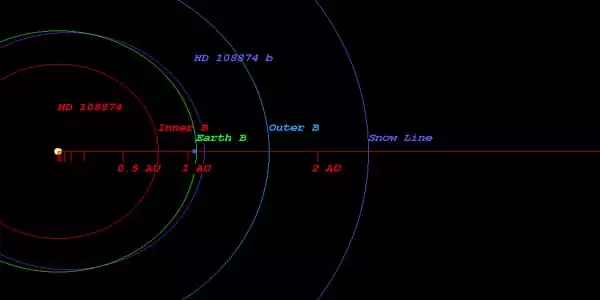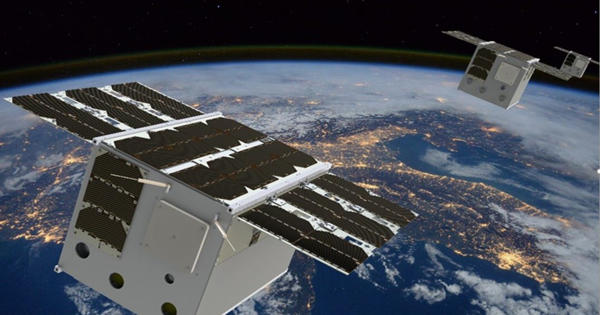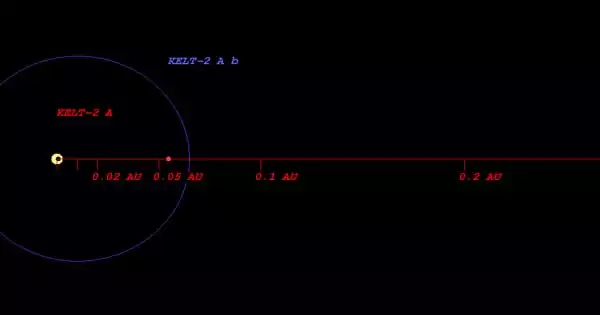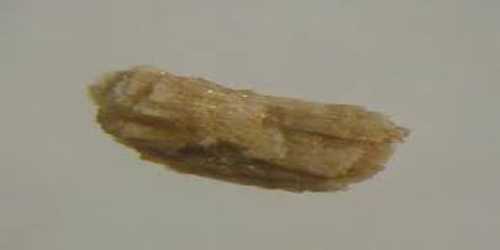HD 108874 is a yellow dwarf star (spectral type G5 V) in the Coma Berenices constellation. It has 1.1 times the mass of the Sun and 1.05 times the radius. It is 195 light years away from Earth and may have two extrasolar planets in a 9:2 orbital resonance. It’s 194.12 light years away from our solar system.
HD 108874 has been designated as a Star. It is not part of the Coma Berenices constellation outline, but it is within its boundaries. It is based on the star’s spectral class (G5), and the HD 108874 color is yellow. The star cannot be seen with the naked eye and must be viewed with a telescope.
Star
HD 108874 is most likely billions of years older than our Sun, however, the age is not well bound. The star has a temperature of roughly 5600 K. Its metallicity is 1.18 times that of the Sun, implying that it has more iron abundance than hydrogen and helium. It has roughly the same mass as the Sun, although its radius is probably larger.
According to Hipparcos, HD 108874 has an estimated age of 12.90 billion years, however, it might be as young as 9.50 to 15.80. It is thought to have at least two extrasolar planets in orbit around the star. Using the most latest Hipparcos data from 2007, the distance between HD 108874 and Earth is 204.24 light years. HD 108874 estimated radius has been calculated as being 1.21 times bigger than the Sun. The Sun’s radius is 695,800km, therefore the star’s radius is an estimated 843,177.13.km.

Planetary system
The jovian planet HD 108874 b was discovered in 2003 by a team led by Paul Butler, Geoffrey Marcy, Steven Vogt, and Debra Fischer from the United States. The discovery was made using a total of 20 radial velocity data acquired at the W. M. Keck Observatory between 1999 and 2002.
Further investigations in 2005 revealed that this star has another jovian planet circling further out, known as HD 108874 c. In 2009, fresh observations were used to update the orbital parameters of both planets. These two planets are close together and may have a 9:2 orbital resonance. This indicates that if HD 108874 b orbits the star nine times, HD 108874 c orbits twice because planet c’s orbital period is four and a half times longer than planet b’s.
The data contains an additional radial velocity signal with a period of 40 days, which is most likely caused by the star rotation period.
According to Hipparcos, HD 108874 has an estimated age of 12.90 billion years but might be as young as 9.50 to 15.80. It is thought to have at least two Extrasolar Planets in orbit around the star. According to the latest recent Hipparcos data, HD 108874 is 204.24 light years away from Earth.
















